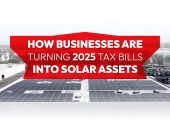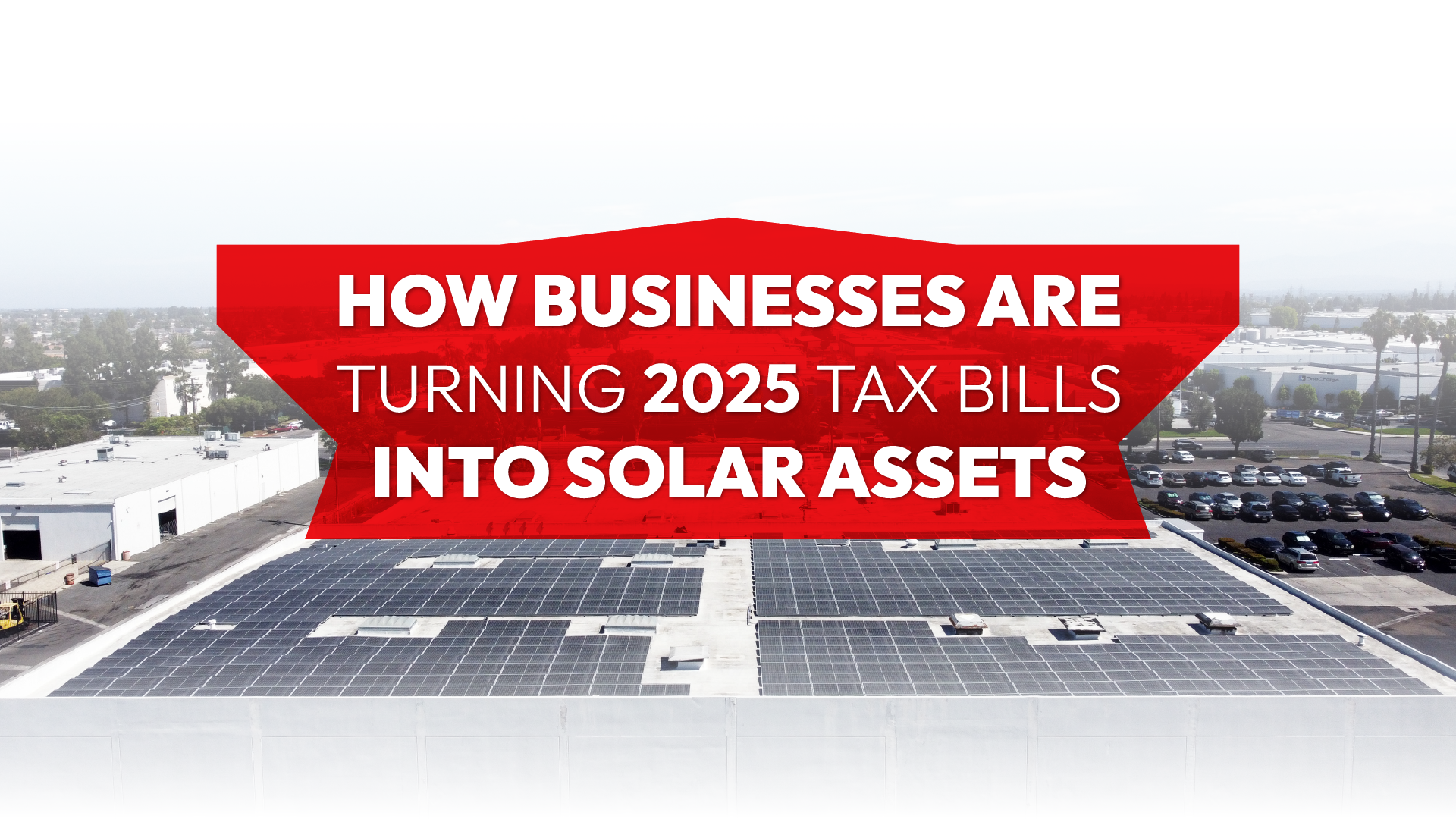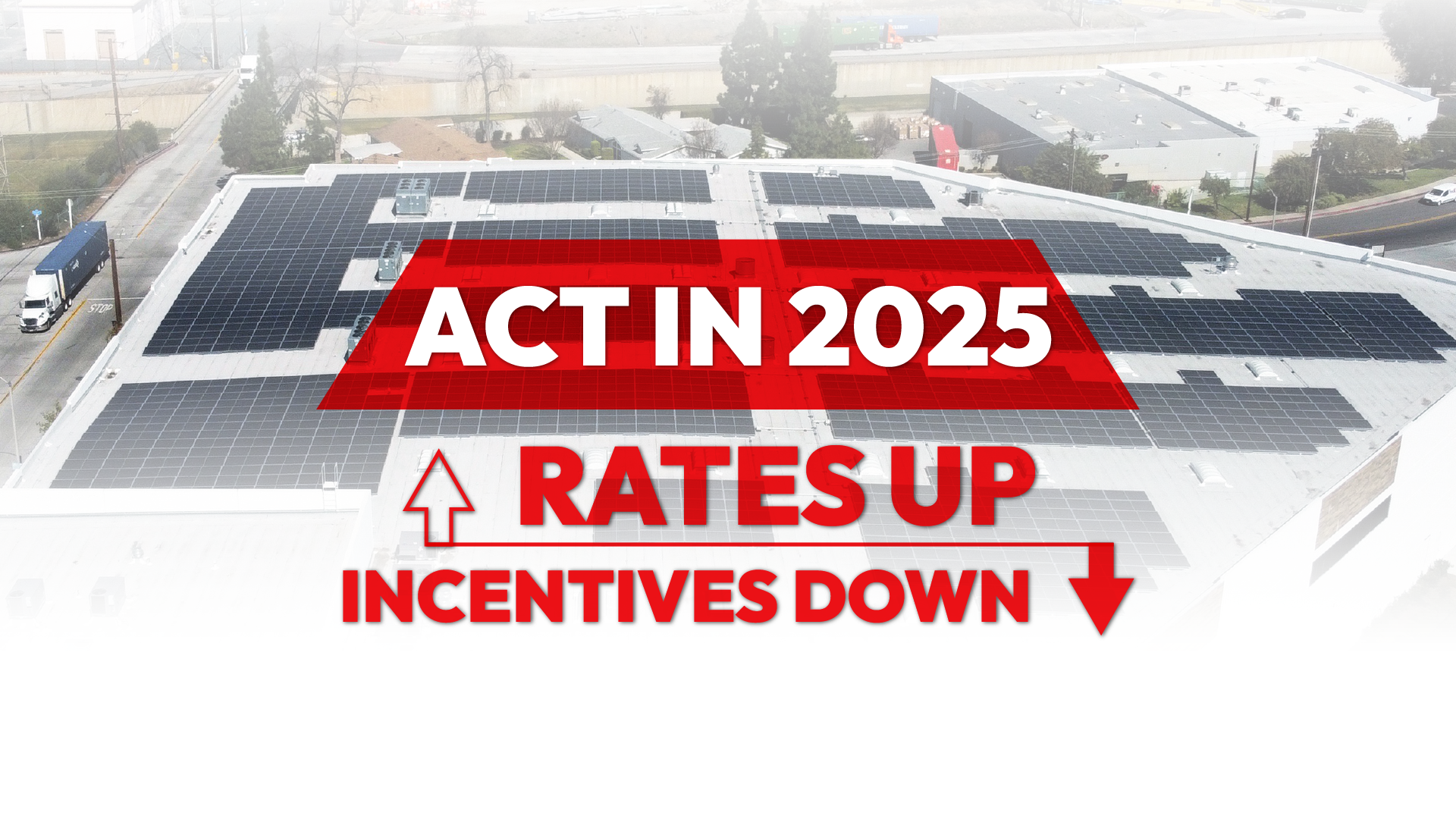The Proactive Approach for Commercial Developers to Potential New California Energy guidelines: Three questions and answers to help clear up the new energy code recommendations.
There is a lot of buzz from last week’s CEC (California Energy Commission) official recommendation that the California Commercial Building Code includes commercial solar in all new builds. What does this mean for all commercial new-builds and how should the market react?
The quick response is…
We at Revel Energy expect the new CEC energy guidelines to go into effect in the next 12-18 months. A lot of steps need to be cleared along the way but developers should plan on these taking effect soon.
CRE – Triple Net Leases whitepaper
The commercial solar world is optimistic about the new building code recommendations, one major contractor believes it will accelerate the adoption of commercial solar across the state. That may be true but there are still a lot of hurdles before the commercial building code accepts the recommendation.
Will all new-builds immediately have to include solar?
The short answer is no… for now. Until the State writes the requirements into law (think similar to the Residential Solar cycle, starting in a few cities eventually expanding state-wide), it will only be a looming requirement.
Who should act urgently?
Proactive developers and portfolio owners should take a serious look at commercial solar for all their existing and future projects. These energy code requirements will eventually make it into commercial building code and being the first to move is a good idea for any builders that don’t want to be backed up due to significantly higher demand. It is unclear if existing projects will be grandfathered, so the possibility of existing projects hitting major roadblocks is possible.
What is a practical commercial solar developer’s view of the new building code?
A practical developer would be upfront with their customers and prospects. This is currently not in the building code or close to that stage. That being said, there is a headwind coming for those who are not proactive.
“Revel Energy strongly recommends commercial developers, building owners, general contractors, architects, and any other stakeholders to seriously consider the proactive approach instead of reacting once the energy guidelines are updated.”
Commercial solar is more affordable than ever. With significantly higher electricity costs, payback for commercial solar users is in the 2-5 year range. After that, the system provides another channel for capital or significantly reduces operating costs. The added benefit of reducing a building’s carbon footprint is a huge addition especially in a state like California that leads the United States in renewable technologies.








